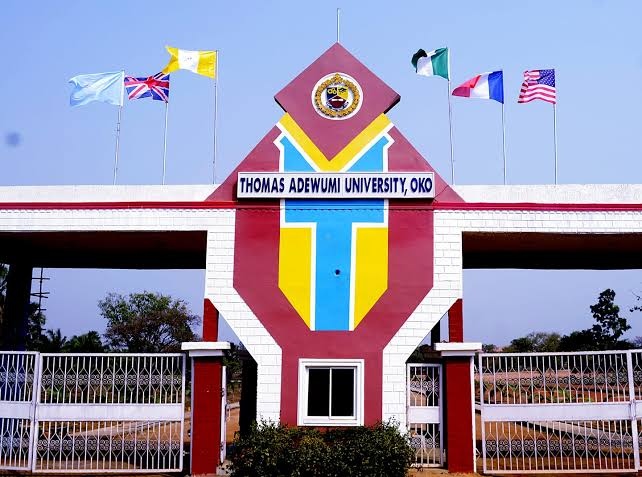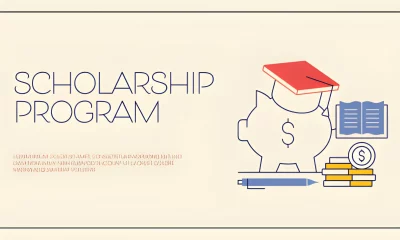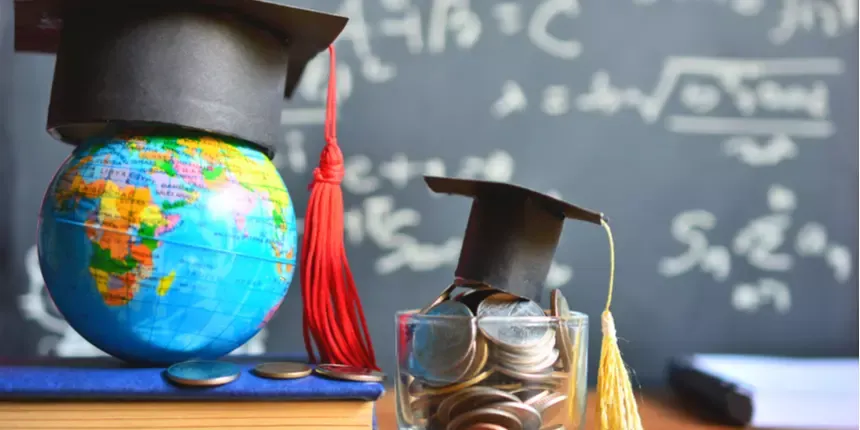Health
Easy Steps on How To Become A Bone Marrow Donor in 2023
Do you have concerns about the well-being of others?
You despise seeing sick people, particularly those with leukemia or sickle cell anemia.
Do you get routine medical care and stay healthy?
If you’re concerned about how to save lives by becoming a bone marrow donor, we have excellent step-by-step instructions.
Being a bone marrow donor has a number of advantages, including giving a sick person a second chance at life and restoring hope in the face of seemingly hopeless medical conditions.
For a bone marrow transplant to be effective, both the donor and the recipient must be a good match.
Comparing blood types is easier than matching bone marrow stem cells.
Furthermore, the human leukocyte antigen (HLA) will be tested to see if you are a bone marrow match.
HLA is a protein found in all body cells, including immune system cells.
An HLA match increases the chances of a successful bone marrow transplant.
Must Read: Complete guide on how to become healthy as an Anorexia
What Exactly Is Bone Marrow?
Bone marrow is a soft, spongy tissue found in the medullary cavities of several large bones (centers).
Bone marrow contains stem cells that form blood cells and immune system cells, making it an essential component of the body.
What Exactly Is a Bone Marrow Transplant?
A bone marrow transplant is a treatment that uses healthy blood-forming stem cells to replace bone marrow that isn’t producing enough healthy blood cells.
A stem cell transplant is another name for a bone marrow transplant.
Why Is a Bone Marrow Transplant Necessary?
Many illnesses and cancers can be cured with bone marrow transplants.
If the chemotherapy or radiation dosages required to treat a patient’s cancer are so high that the treatment permanently harms or destroys the patient’s bone marrow stem cells, a bone marrow transplant may be required.
If a disease has destroyed the bone marrow, transplantation of that tissue may be necessary.
What conditions can be helped by a bone marrow transplant?
Bone marrow transplants can help people with leukemias, severe aplastic anemia, lymphomas, multiple myeloma, immune deficiency disorders, and some solid tumor cancers.
How are donors and recipients matched?
Specific antigens known as HLA-A, HLA-B, HLA-C, and HLA-DRB1 are required for successful marrow and cord blood transplants (also called BMT).
These antigens are used to “match” a donor with a patient.
Antigens are proteins that cover the outside of white blood cells and other body tissue.
When looking for a match, people of the same race and ethnicity are more likely to complement one another.
How many times can bone marrow be donated?
You can give it multiple times because your body has the ability to regenerate lost bone marrow.
However, simply registering as a donor does not guarantee that you will be matched with a recipient. It is unusual to find multiple matches.
Steps to Becoming a Bone Marrow Donor
There are several steps involved in becoming a bone marrow or peripheral blood stem cell (PBSC) donor.
The procedures are in place to ensure that the donor and recipient are the best possible matches and that the donor is in good enough health to give.
The following are the steps to becoming a Bone Marrow Donor:
- Joining the Be the Match Registry is the first step toward becoming a bone marrow donor.
- The Be the Match Registry helps more patients get transplants. It is the world’s most comprehensive and diverse donor registry.
- Patients seeking a cure can use this registry to connect with bone marrow donors who can help save their lives.
- You must be between the ages of 18 and 40 to join the registry. If you are under the age of 18, you can sign up for the Under 18 Pre-registry and join the registry when you turn 18.
- When you sign up for Be The Match, the registry adds your tissue type.
- When you sign up for Be The Match, you will also be contacted if the registry determines that you are a potential bone marrow match for a patient.
- Assume you are contacted as a possible match. In that case, your HLA type is similar to that of a patient suffering from leukemia, sickle cell disease, or another serious illness.
- They will give you detailed information about the donation process, the healing process, dangers, and side effects. You must also fill out a consent form if you decide to give it.
Each step will require you to:
- Reiterate your determination to move forward.
- Follow a consent document.
- Answer health-related questions to ensure the contribution is safe for both you and the recipient.
- Confirm your contact information.
- Discuss any concerns you have about further testing and the donation process.
Does it cost anything to join the registry or donate Bone Marrow?
As a donor, your time will be the most valuable asset. You would need time for the following:
- If necessary, provide additional blood samples.
- The doctor’s opinion.
- Donate if you’re willing to do so.
ABMDR will cover all hospital and medical expenses incurred as a result of your donation.
They will cover all incidental costs associated with the contribution, such as lodging and transportation to and from the collection site.
What are the Different Bone Marrow Transplants?
Bone marrow transplants are classified into two types.
Allograft bone marrow transplantation and autologous transplantation.
The patient’s doctor will decide which is best for him or her.
Autologous Transplant
Autologous transplants use a person’s stem cells.
A sample of your cells is frequently required before beginning a cell-damaging therapy such as chemotherapy or radiation.
Following the procedure, your cells are returned to your body.
This type of transplant is not always available.
It can only be used if the bone marrow is in good health. However, it lowers the risk of serious side effects like GVHD.
Allograft bone marrow transplantation
The patient and the donor are genetically identical.
Through bone marrow collection or apheresis, a genetically compatible donor, typically a brother or sister, provides stem cells.
Various bone marrow transplants could provide additional bone marrow donors for allogeneic transplants (BMT or MUD for matched unrelated donors).
Trending: The Top 4 Online Jobs That Can Help You Drive Your Career Further
The Pros and Cons of Bone Marrow Transplant
Pros
- If the patient has immunological weaknesses, a donation from a powerful immune body can help the patient’s immune system develop.
- This method can cure both acute and chronic leukemia.
- Bone marrow transplant, by replacing damaged bone marrow after treatment, also contributes to the safe administration of chemotherapy dosages.
- It helps treat a variety of conditions, including leukemia, immunological deficiencies, and inherited metabolic issues.
- A bone marrow transplant helps to supply newly developed stem cells, which are essential in the destruction of cancer cells.
Cons
- Both the recipient and the donor experience minor short- and long-term side effects following the transplant. Nausea and vomiting, mouth sores or ulcers, infections, bleeding, anemia, fatigue, and other symptoms may occur on both sides.
- One risk is organ damage.
- The possibility of aftereffects changes is quite frightening.
- Graft versus host disease can occur as a result of complications from an allogeneic transplant following a bone marrow transplant.
Conclusion
Our step-by-step instruction manual explains how to become a bone marrow donor.
We weighed the advantages and disadvantages of a bone marrow transplant.
This would allow donors to consider alternative options before donating bone marrow.
As with any operation or therapy, the prognosis and long-term survival may vary significantly from patient to patient following Bone Marrow Transplantation (BMT).
Following a bone marrow transplant, the patient will require ongoing care.
Join our 77,000+ students and never miss our members’ exclusive Jobs Abroad and Scholarship updates.
Gain Access to our Private Group
See what others are reading:
- How to Become a Paramedic (Requirements, Career, Skills, Training, Responsibilities)
- Easy Steps on How To Become A Seller On Amazon
- Complete Guide on How To Become a Certified Health Coach















